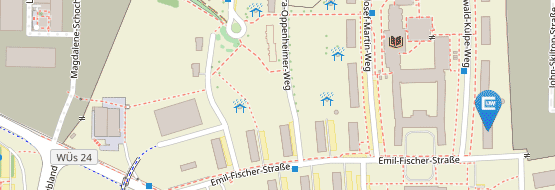Reflect
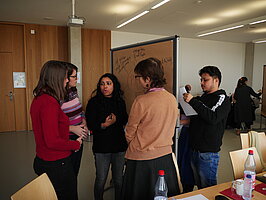
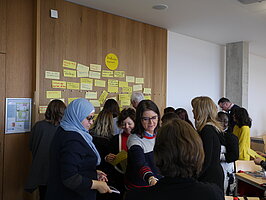
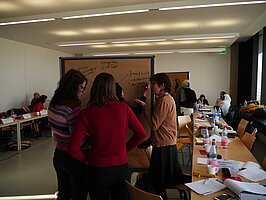
Aim of the method/strategy
- Participants are able to discuss differences and commonalities in learning / teaching approaches and their hierarchies and power relationships.
- Participants are able to explain and apply the concepts and value of active citizenship, learner-centered and participatory approaches, especially with regard to democratic environments.
- Participants are able to evaluate the relevance and suitability of activities and techniques in terms of usage in their own course contexts.
Setting
The setting is a classroom with moveable chairs and tables
Type and name of the course, curriculum, number of students
An intercultural-didactical qualification for instructors and volunteers working with refugees, project “Curriculum interculurALE”. We applied this method with about 12–15 people.
Description of the method/strategy
- Trainers give input on the REFLECT approach (“Regenerated Freirean Literacy through Empowering Community Techniques”), its background, its pedagogical approach and present different examples of REFLECT tools. REFLECT is an innovative approach to adult learning and social change, which fuses the theories of Paulo Freire with the methodologies of participatory rural appraisal (PRA). REFLECT provides an on-going democratic space for a group of people to meet and discuss issues relevant to them. The participants choose the topics themselves, according to their own priorities and supported by a trainer/facilitator. Underpinning the approach is a huge (and ever expanding) range of participatory methods. Prominent among these are graphics such as calendars, maps, matrices, rivers and trees, which enable participants to communicate their knowledge, experience and feelings without being restricted by literacy and language barriers.
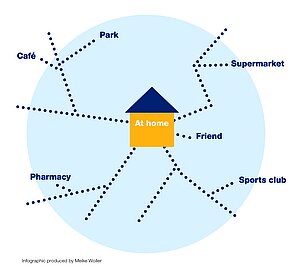
Infographic produced by Meike Woller
More information: http://netbox-production.s3.eu-central-1.amazonaws.com/resources/5a4dbe0f6b344789810584f8b1b23ea7.pdf
- After the input, participants try out one of the REFLECT tools in different working groups, e.g. the mapping technique. Sample tools can be found here: http://www.networkedtoolbox.com/
- Afterwards, participants discuss in plenary how to use REFLECT:
- How can I use REFLECT in my class room?
- What are the benefits of using REFLECT with my students? What are challenges?
Participants discuss and collect examples.
Materials required
- Flipchart / laptop and projector (depending on kind of input)
- Markers
- Cards
- Coloured crayons
Origin and theoretical framework
- DVV International uses REFLECT with different target groups of adult education in developing countries (e.g. in alphabetization courses for community groups) and with the project “Curriculum interculturALE”. REFLECT was transferred to and used for integration work in Germany.
Risks and advantages
- Advantages: REFLECT is a good approach when working in diverse classrooms where there are language and literacy barriers. Learners are more involved as they can use their own reality as a starting point for further learning.
- Risks: In courses with a tight curriculum, it might be hard to integrate REFLECT, because time is needed for the development of ideas and for the contribution of participants.
Possible variations
Variation: The method can be combined with role play on advantages and disadvantages of teacher-centered and learner-centered approaches.
- Trainers provide input on different schooling systems and approaches towards learning in refugees’ countries of origin.
- Based on the input, one group creates a role play on the teacher-centered approach, and the other on the learner-centered approach.
- Both role plays are then acted out; each group performs for the other group.
- Participants compare and discuss the different teaching approaches in the plenary.
Questions:
- What are the advantages and disadvantages of the two learning approaches?
- When is it appropriate to use which approach (depending on context, target group, content, etc.)?
- What expectations concerning learning approaches might participants have?
- How can you deal with those expectations? How does it affect your role as an educator?
Recommendations
- The outcome of the method depends on the quality of the input on REFLECT and on the discussion of teacher-centered and learner-centered approaches. For preparing those inputs, we offered dossiers on “REFLECT” and on “Schooling systems and approaches towards learning in refugees’ countries of origin” as well as a dossier on the “Learner-centered approach” within the project “Curriculum interculturALE” (only available in German).
Contact Person
Thomas Lichtenberg (Lichtenberg@dvv-international.de)
Johann Heilmann (Heilmann@dvv-international.de)


